Some scientists argue that the fate of the human species hinges upon our ability (or inability) to leave our comfortable home behind and colonize other planets. Tucked away in the San Rafael Swell of southern Utah, members of the Mars Desert Research Station (MDRS) are preparing for exactly this type of voyage.
The MDRS, just under seven miles from Hanksville, Utah, is the second of four such sites planned as part of the Mars Analogue Research Station (MARS) Project operated jointly by the Mars Institute and SETI Institute. With funding from NASA, the project scientists have been preparing for a hypothetical manned mission to Mars in some of our planet’s most alien landscapes.
At each site the earthbound astronauts are assigned the task of testing field procedures, habitat design features, and new technologies, all with the intent of developing knowledge that will be helpful when humans can actually travel to Mars. The crew, usually consisting of six people, must also don space suit simulators any time they leave the “Hab” or Habitat where they live.
Outsiders can even catch a glimpse of the Mars simulation, which runs during the winter months, via several web cams set up within the Hab. Two other buildings on the MDRS campus, the “Greenhab” greenhouse and the Musk Observatory, provide additional research opportunities for the science crew.
Haughton Impact Crater in northern Canada, the most Martian of Earth environments, served as the first MARS Project site and additional stations, EuroMARS and MARS-Oz, are planned for Iceland and Australia respectively.







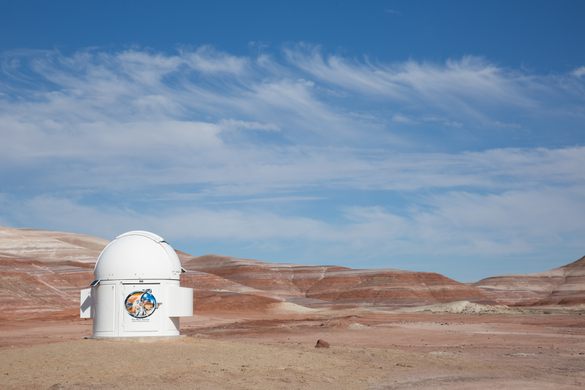



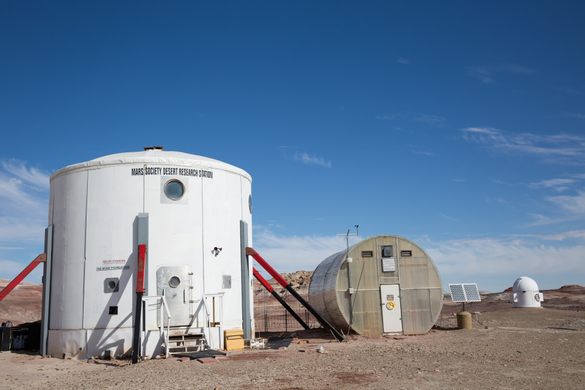
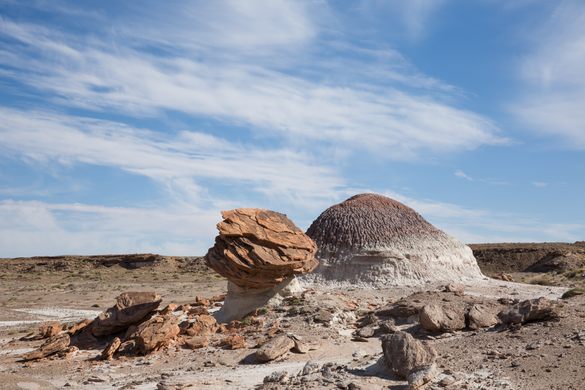
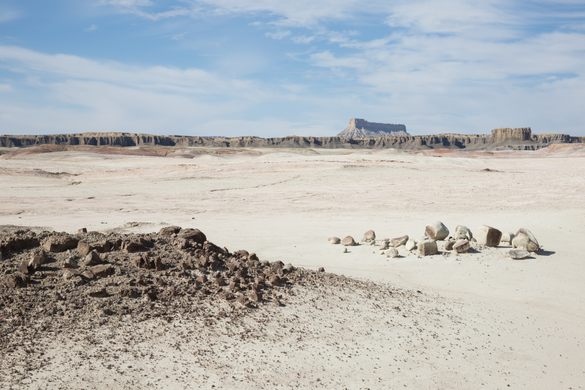

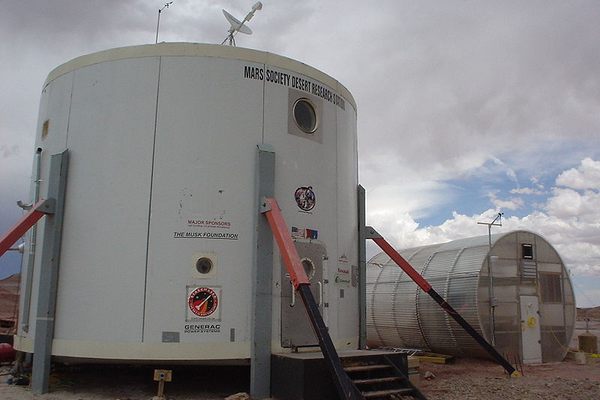








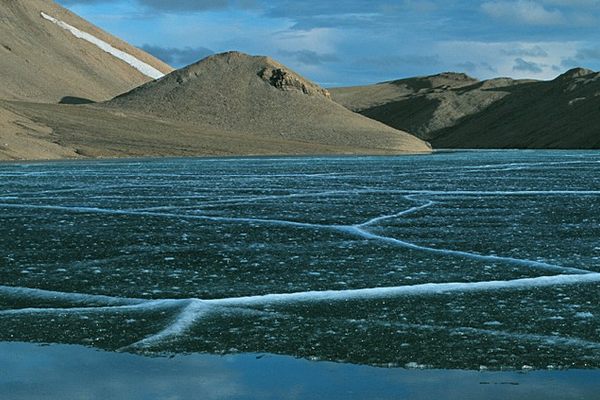
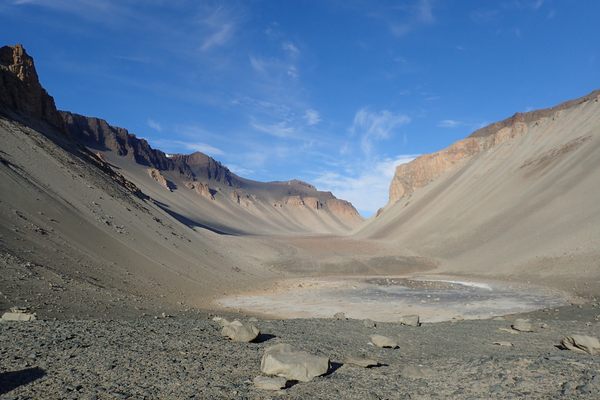
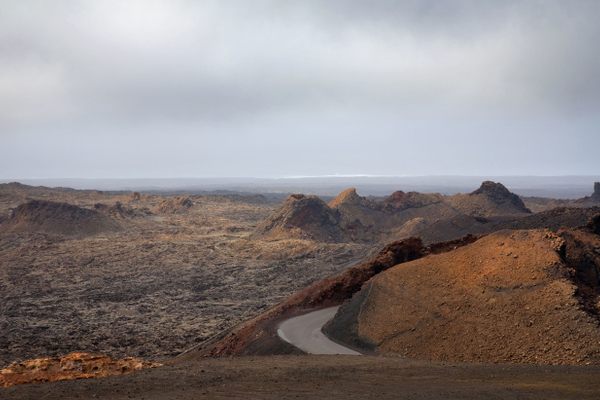


Follow us on Twitter to get the latest on the world's hidden wonders.
Like us on Facebook to get the latest on the world's hidden wonders.
Follow us on Twitter Like us on Facebook